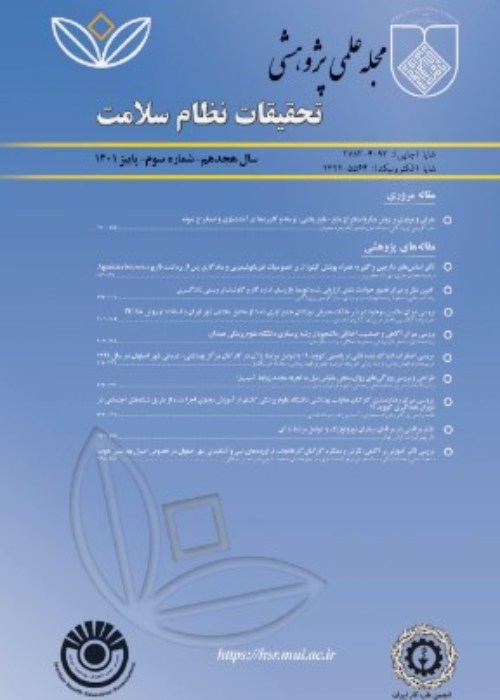Investigation of Quality and Purity of Some Industrial and Traditional Pomegranate Pastes by Measuring the Physicochemical Characteristics and Instrumental Method
Pomegranate paste is one of the nutritionally valuable foods due to its high content of minerals and antioxidant compounds, but adulteration can occur during the manufacture while it is sold as pure pomegranate paste. In this study, the quality and purity of 5 samples of industrial and 5 samples of traditional pomegranate paste available on the Iranian market have been investigated.
Physicochemical properties such as water-soluble solids, acidity, pH, formalin index, sucrose and ash contents, the presence of starch and benzoic acid, and the amount of 5-hydroxymethylfurfural (HMF) were measured and compared with the national standard of Iran. To investigate the type and amount of organic acids and the possibility of adulteration with cheaper concentrates, liquid chromatography-mass spectrometry (LC-MS) was used.
The amount of soluble solids in the samples was within the national standard range. The acidity of the traditional Isfahan sample (8.90%) was higher than the standard acceptable level, and the pH (2.19) was less than the standard acceptable level. Formalin index in one of the industrial samples was 35.12% and within the permissible range of the national standard, and in other samples, it was less than the standard level. The sucrose amount in all samples was less than 6%, indicating that no sugar was added to the samples. The total ash content of the samples was within the acceptable standard level. In 4 traditional samples, the presence of starch was confirmed as an adulteration. None of the samples contained benzoic acid. The amount of HMF in the traditional samples was more than the industrial samples, and in the Saveh traditional paste, with a value of 52.13 ppm, was higher than the standard limit. Organic acids profile showed that citric acid, malic acid, and oxalic acid were the predominant acids in the samples, respectively, and the amount of tartaric acid was less than 1% or not detected.
According to the present results, pomegranate paste is more likely adulterated with starch or flour. In addition, it seems that in traditional pomegranate paste, due to the impossibility of control by the relevant organizations, adulteration is more likely, and also due to poor control of thermal process, the occurrence rate of Maillard reaction and HMF production is likely to be higher.
- حق عضویت دریافتی صرف حمایت از نشریات عضو و نگهداری، تکمیل و توسعه مگیران میشود.
- پرداخت حق اشتراک و دانلود مقالات اجازه بازنشر آن در سایر رسانههای چاپی و دیجیتال را به کاربر نمیدهد.


